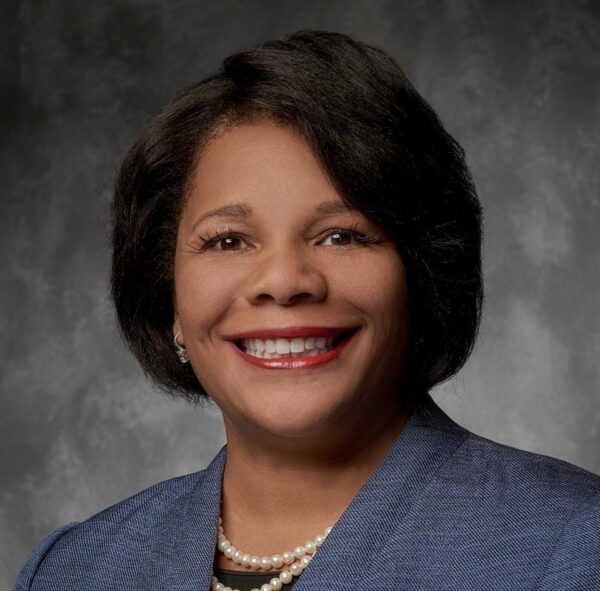Ramona Hood became the first African-American woman to lead a FedEx division in February 2020. Along the way, Hood, now the CEO of FedEx Custom Critical, has learned a thing or two about business.
FedEx Custom Critical deals with the company’s high-value and sensitive shipments.

Prior to becoming a CEO at the company, she was VP of operations, strategy, and planning.
“From the time I accepted the position, to realizing the magnitude of the role itself, it has been exciting. Not only to support the business objectives but being the first and setting an example. I have looked forward to leading a company in my career — it was definitely one of the milestones I hoped to achieve. More importantly, being an African-American woman raising two African American women, it is very inspirational for my daughters. One day, my oldest daughter asked me if I was breaking the ceiling. Having that surreal moment with her made me proud of my journey and proud to be part of an organization that values diverse thought,” Hood told Forbes two years ago.
Hood started at Federal Express as a receptionist when she was 19 years old. She was also a single mom just looking for a steady job. She has put in some 31 years into the corporation and purposefully climbed the corporate ladder.
She said she began to get promoted when focused on her career path and her “intentionality,” she said at the CNBC Work Summit on Oct. 25.
“I was a 19-year-old single mom, so my focus at that time really was around having a job with constant hours,” Hood said. “It was many years later that I started to focus on a career and recognized the world of FedEx and how big it was. I decided to really be intentional with my career, and that focus has driven me to the place I’m in today.”
Hood, who oversees transportation capabilities for expedited ground, temperature control shipments, and other industry-specific solutions, set goals to achieve her position.
She is in an elite club — in 2022, only six companies on the Fortune 500 list had a Black CEO. FedEx ranks No. 70 on the Fortune list.
She told Forbes she created a first-year plan when she became CEO and she drafted milestones that worked toward her first 90 days in the role.
Here are five lessons she learned.
1. What is My Value?
Hood said she looked at her role of employee from her company’s point of view.
She said she was examining “how I can bring value to an organization and then begin to share that with people.”
This caused a shift in her mindset about her job with the company.
2. Speak Your Intention
Hood stated at the summit, “It was then that I started to realize the organization was much bigger. I began to really speak about my interest in leadership.”
3. Review and Revamp
As one moves up in a company, they will not only have new duties, but their goals must shift.
According to Hood, as her positions and responsibilities changed, her “intentionality” evolved as well.
For example, as CEO her focus is “on bringing the business forward to ensure that our people are able to demonstrate the best in their skills and their ability.”
4. Talk to Your Staff
According to Hood, it is important to get feedback and insight from the people you work with and serve. She would have meetings that came to be known as “Ramona Roundtables” during which she would learn from staff, customers, and independent contractors driving FedEx Custom Critical.
5. Be Prepared for Unforeseen Developments
It was difficult for corporations to adjust to the new working environment caused by the COVDI-19 pandemic. This is where flexibility comes into play when you are leading a company.
“You think about people starting to work from home, and the interruptions that would happen because they weren’t necessarily set up for that environment … there was just a lot of grace that we all had for one another,” Hood reflected at the summit.
She found that having a fluid approach to work situations and solid communication with her staff were vital during the pandemic.
“Our focus was really to get people home fairly quickly with the infrastructure that had not been tested in that way, and our goal was to continue to work to see if we’re going to break it and then fix it,” she said. “So that ability to take such a complex problem and breaking it down into simpler terms and doing it at the speed that we did was something that we continue to utilize in our work today – how are we solving problems and how can we do it faster than we have historically.”

